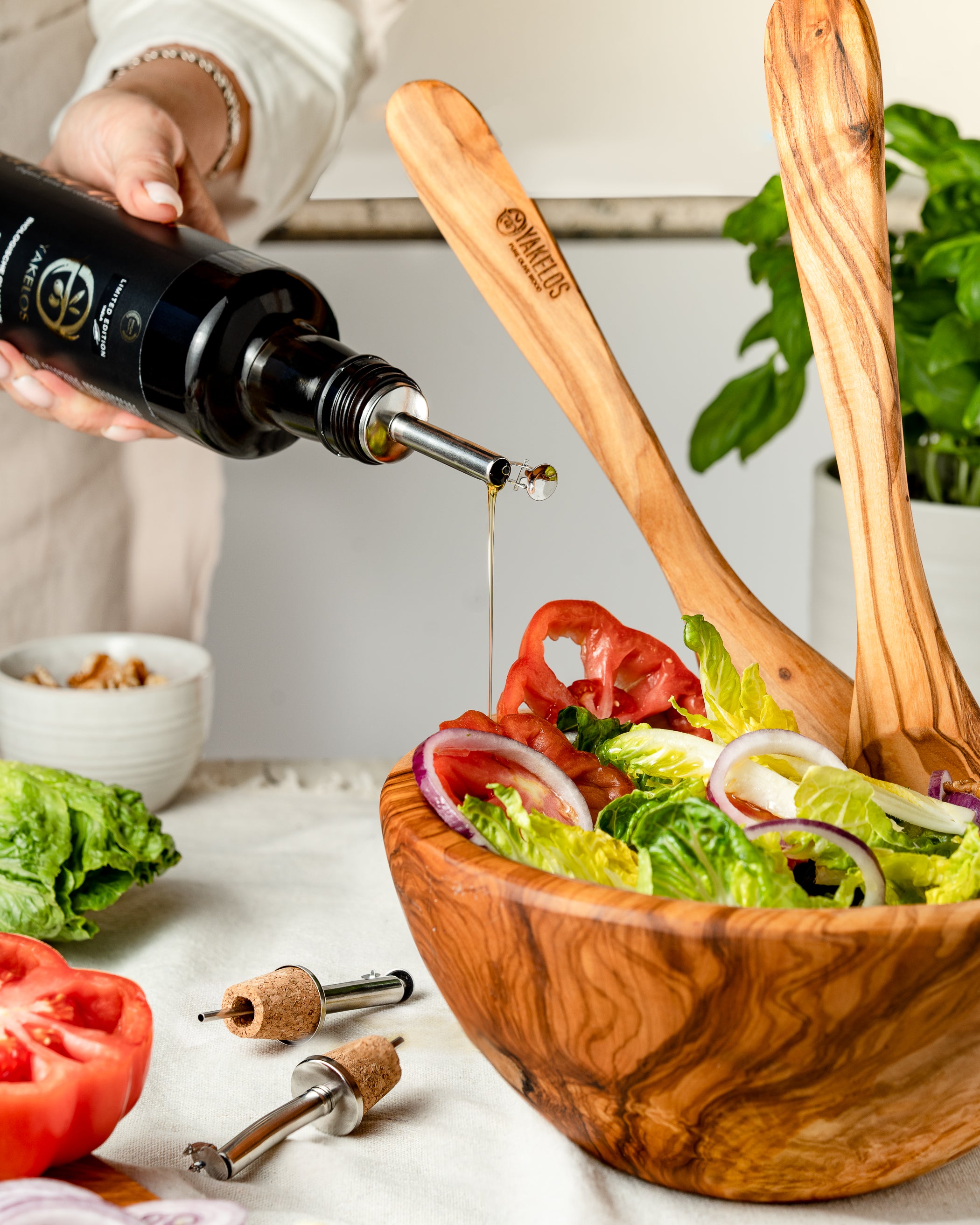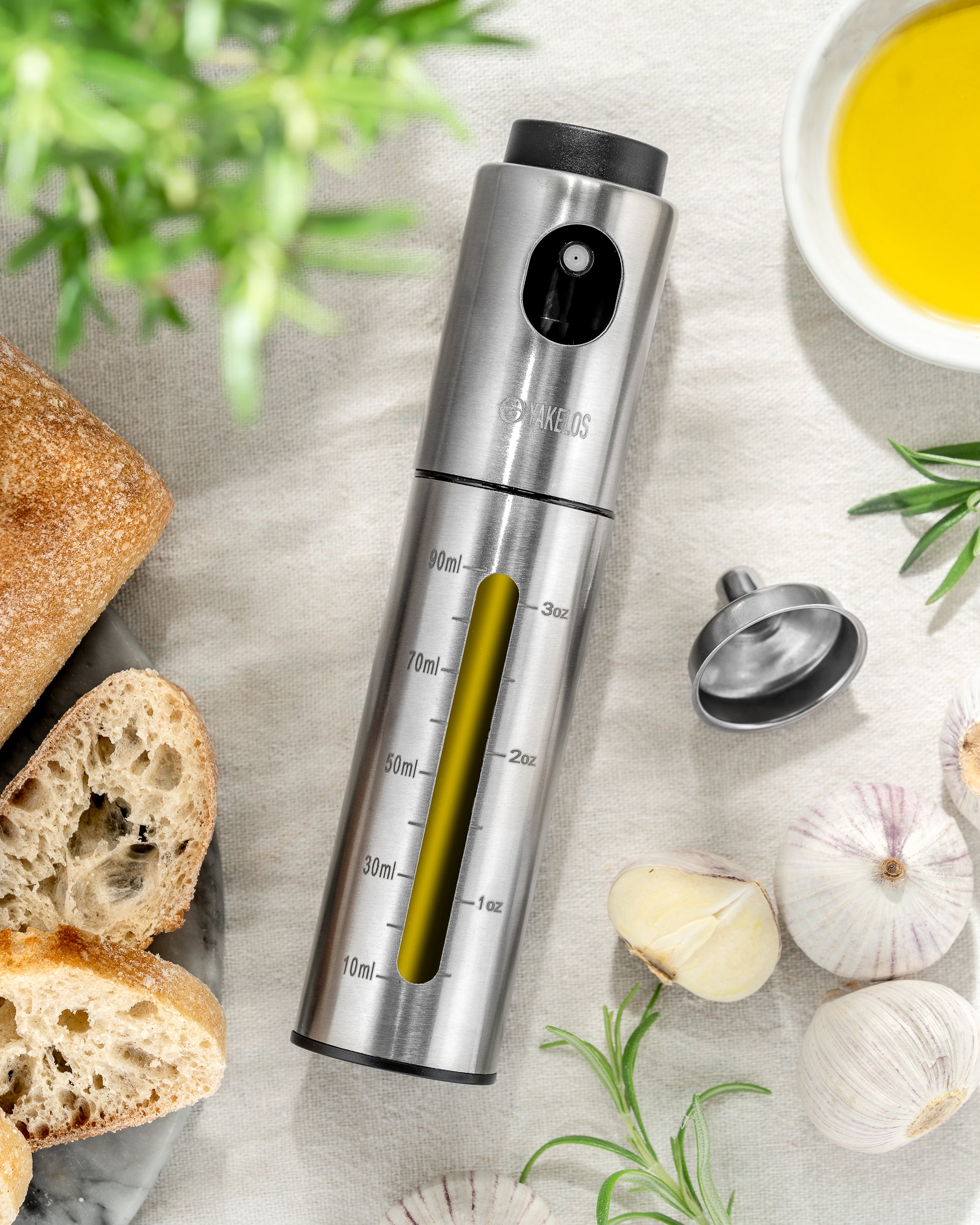In nature, everything happens at its own pace. This also applies to olives. If you leave olives on the tree long enough, they will ripen and their colour will change naturally from green to shades ranging from dark reddish brown to dark purple black. The final colour depends on the cultivar of the olive planted. If you leave them hanging too long, the olives will become soft and rotting will soon be imminent. The trick is therefore to harvest olives at exactly the right moment.
But in this fast-paced world, everything has to be done faster, because that makes money. Many olive producers do not want to or cannot wait for that right moment and have come up with a trick: they harvest the olives when they are still firm and green and then treat them artificially.
Olives are not immediately edible after picking. To make them edible, you have to soak the olives in salt water for an average of five to six months. But that is of course just a little too long for the average olive producer. There is a much faster and cheaper way to make olives edible: the olives are treated with sodium hydroxide, also known as caustic soda. This 'treatment' removes the bitter taste from the olive very quickly. A process that would take several months now takes just a few minutes in the factory. Sodium hydroxide is very corrosive and can cause serious burns. It is available at your local hardware store as a drain unblocker.
The next step is to put green olives in a bath in which the iron compound ferrous gluconate (E579) has been dissolved. The iron causes the olive to 'rust' quickly and to get a nice uniform black colour, even darker than nature could ever achieve.
To colour a kilo of olives, only 15 milligrams of ferrous gluconate are needed. Ferrous gluconate is a form of iron that the body can easily absorb and is not toxic in small quantities. It is even necessary for the production of red blood cells. Your GP can therefore prescribe it for anaemia as a result of iron deficiency, for example due to blood loss or pregnancy.
But the point is that you do not let nature take its course. A black coloured skin does not necessarily mean that the olive itself tastes exactly right. That is why it is such a refreshing feeling that the majority of Tunisian and Greek olives have obtained their dark colour because the farmers still do their work in a traditional way with a love for nature. After all, nature cannot be rushed.
By the way, did I already tell you that the majority of Spanish green olives, which are now mainly sold in those round plastic containers in the supermarket, are usually also cosmetically tinted? Their fresh green colour is far too often the result of a bath with the green pigment chlorophyll (E140), which is extracted on a large scale from nettles and grass. Incidentally, there are also red olives
in Italy. Also the sad result of a treatment with a dye. Our advice is: Grab a glass of wine and wait quietly until nature has perfected its creations. Slow down.





